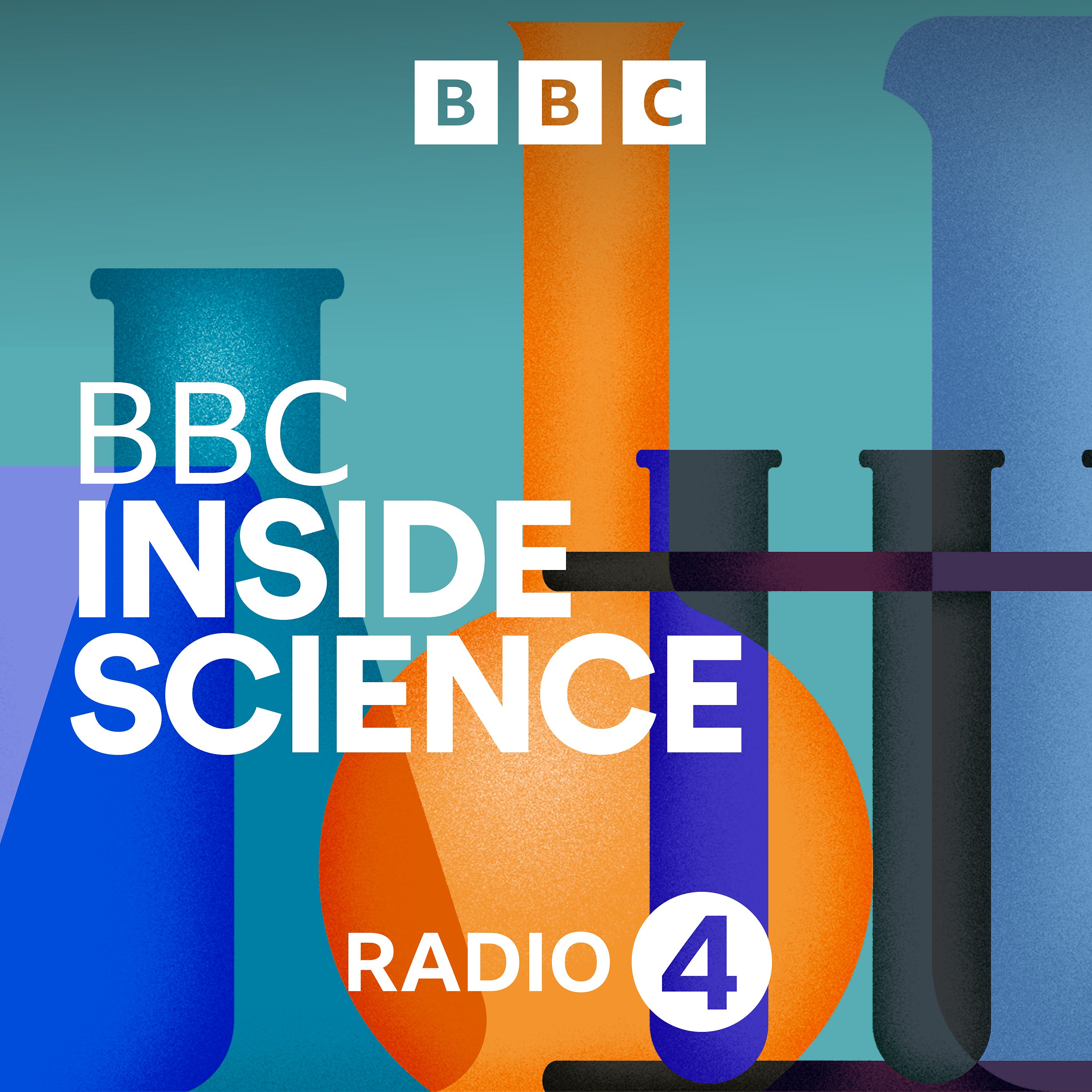Pluto: New Horizons

It's billed as the last great encounter in planetary exploration. For the past nine years the New Horizons spacecraft has travelled 5bn km (3bn miles) to get to Pluto On July 14th it performed its historic fly-by encounter with the dwarf planet.
Adam Rutherford examines the first images from the New Horizon's probe and hears the first interpretations from mission leaders and scientists at the NASA New Horizon's space centre as the data arrives back to earth. Expect new light to be shed on the Solar System's underworld as first impression s reveal Pluto to be a champagne coloured body with 11000 ft ice mountains and surprisingly smooth surfaces that suggests recent geological activity
For people who grew up with the idea that there were "nine planets", this is the moment they get to complete the set. Robotic probes have been to all the others, even the distant Uranus and Neptune. Pluto is the last of the "classical nine" to receive a visit. Dame Jocelyn Bell Burnell discusses how this 2,300km-wide ice-covered rock was demoted in 2006 to the status of mere "dwarf planet", but as "Pluto killer" Mike Brown argues, this shouldn't dull our enthusiasm.
As Adam Rutherford reveals, nothing about this corner of the solar system has been straightforward. Little is known about Pluto's creation -but as the New Horizons probe passed Pluto for this first close up of the dwarf planet , scientists anticipate new insights into the evolution of our solar system and even earth's early history.
With contributions from mission scientists Alan Stern, Fran Bagenell, Joel Parker and astronomer Mark Showalter. Updates too as interpretations rapidly develop, from BBC correspondent Jonathan Amos and astrophysicist Chris Lintott.
Producer Adrian Washbourne.